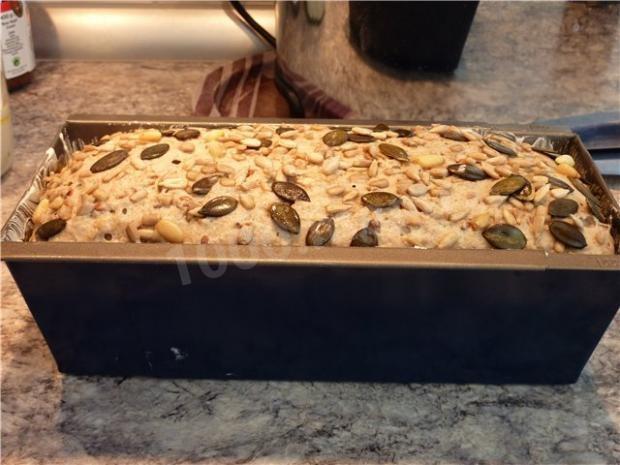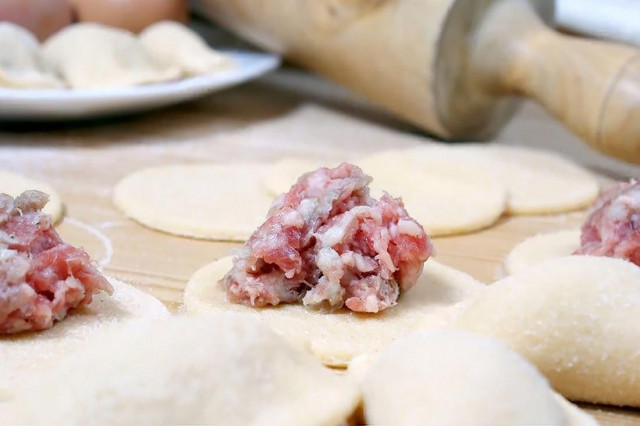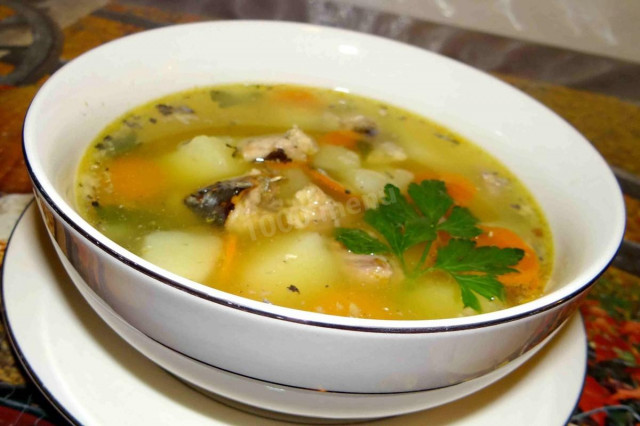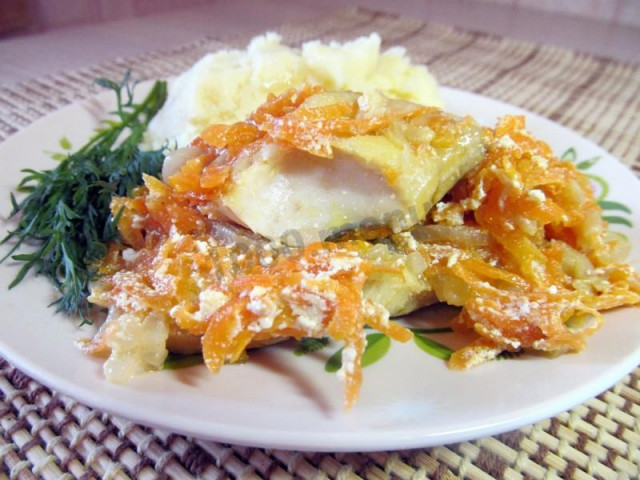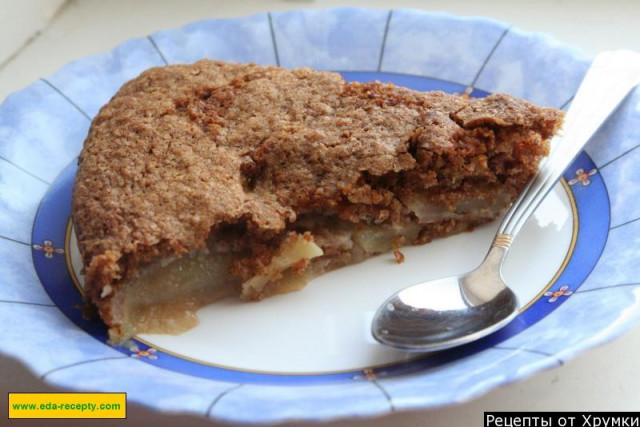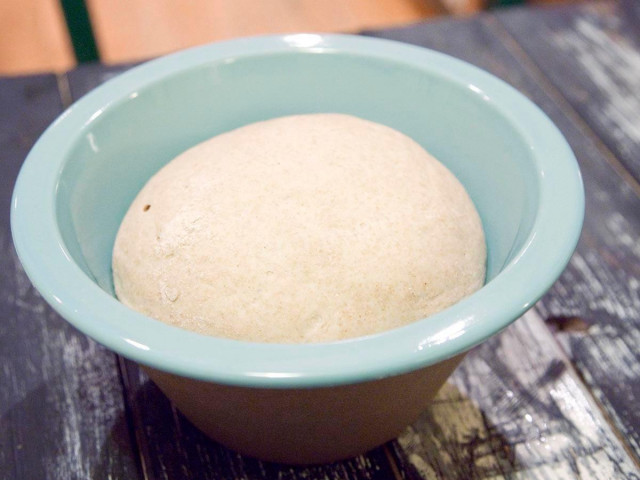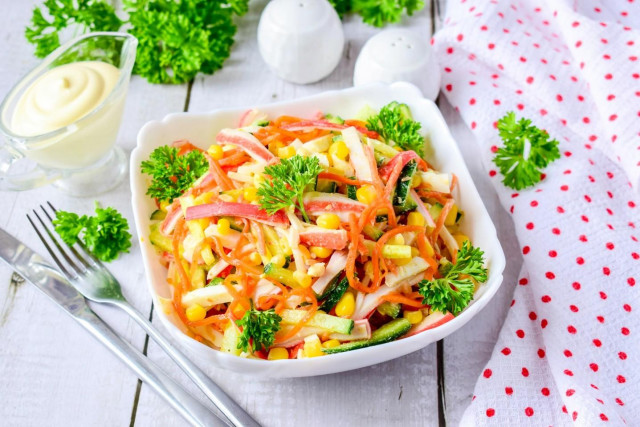Composition / ingredients
Cooking method
Is it difficult to cook one of those kinds of bread that can only be tasted in a good and expensive restaurant? As it turned out, it's not difficult at all. Monastic bread takes a long time to prepare rather than difficult. At least that's what the chef of one of the elite restaurants explained on TV, and when I tried to cook bread according to this ancient culinary recipe, I was very surprised that I succeeded. The main thing is not to mess up anything in the recipe. First I prepare a dry mixture of different types of flour. Then I get down to the sourdough, which I put in a warm place for twelve hours. I soak the seeds in boiling water, and flax seeds separately in water at room temperature. I soak the grains for about ten hours. Then I knead a fairly sticky dough, and then I give it an hour and a half to come up in a saucepan greased with vegetable oil. Then I give the dough approximately the shape that a loaf should have and breaded in grains and flaxseeds. I put the bread into a mold and send it to a preheated oven to 210 C, where I bake it at this temperature for three quarters of an hour or a little more. Both beauty and yummy in one loaf. I try to prepare some delicious food for the monastery bread, for example, a spicy baked podcherevok.
Caloric content of the products possible in the composition of the dish
- Honey - 400 kcal/100g
- Pressed yeast - 109 kcal/100g
- Whole durum wheat flour fortified - 333 kcal/100g
- Whole durum wheat flour, universal - 364 kcal/100g
- Flour krupchatka - 348 kcal/100g
- Flour - 325 kcal/100g
- Vegetable oil - 873 kcal/100g
- Dried whole safflower seed kernels - 615 kcal/100g
- Sunflower seeds - 560 kcal/100g
- Rye (whole grain) - 334 kcal/100g
- Whole rye flour - 357 kcal/100g
- Medium rye flour - 350 kcal/100g
- Dark rye flour - 327 kcal/100g
- Rye groats - 354 kcal/100g
- Salt - 0 kcal/100g
- Water - 0 kcal/100g
- Wheat flour - 325 kcal/100g
- Flax Seeds - 534 kcal/100g
- Rye flour - 305 kcal/100g
- Sourdough - 29 kcal/100g

